UPDATE 6/28/2017:
A heartfelt thank you!!!!!! to everyone who signed up to be a Tabitha owner. We’d love to continue hearing about your many adventures! The crowning moment for us was when my daughter and her family passed another Tabitha owner two hours over the border in the neighboring state of Washington. As is so often the case, manufacturing and businesses change. T@bithas, as part of the T@b family, are still in good hands but we’re going to take a hiatus from the production of them while the re-branded company producing the well-know T@b teardrop gets up and running. If you are interested in buying a new or used Tabitha, please contact your local dealer to find out if they can track one down for you, https://nucamprv.com/dealer-locator/
>>>>>>>>>>>>>>>>>>>>>>>>>>>>>>>>>>>>>>>>>>>>>>>>>>>>>>>>>>>>>>>>>>>
12/8/2013
Tabitha is finally ready and orders coming in …
(Thanks for your patience; we had a lot of manufacturing details to iron out.)

Here’s the brochure we made for RV dealers across the U.S. who are offering her for sale. (Readable text printed below each page.) Or you can read it online here: http://www.maryjanesfarm.org/Tabitha_Brochure.pdf. Scroll down on this post where you will find even more photos and a Q&A section. If you’ve asked us a question, you’ll find the answer further on.

Continue reading →
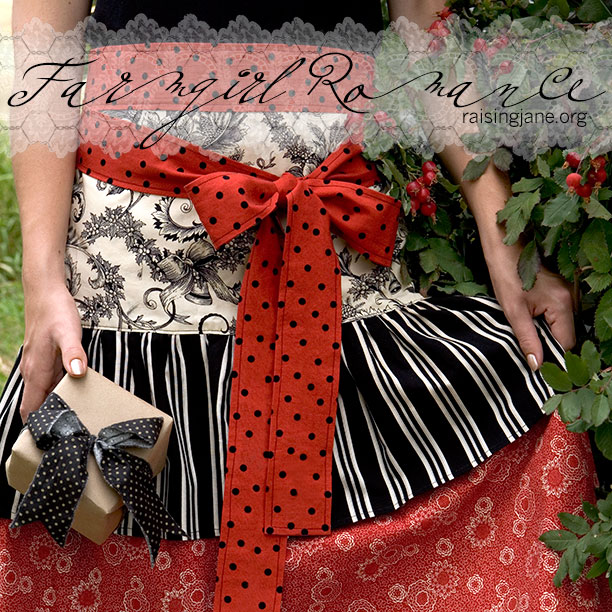















































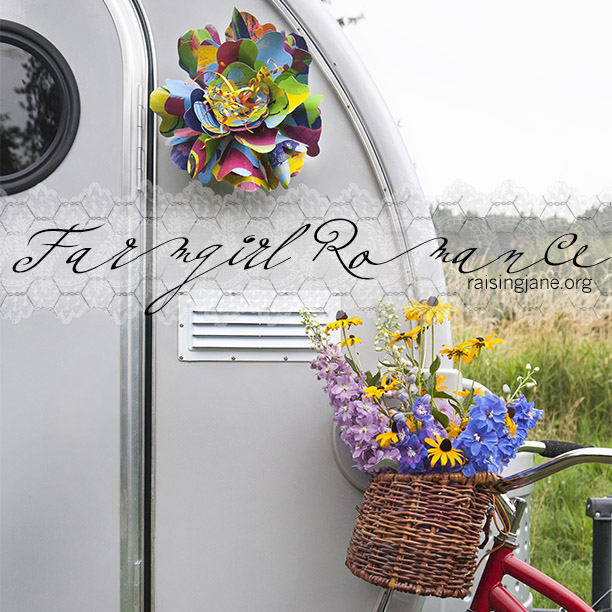
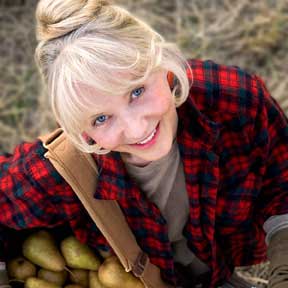



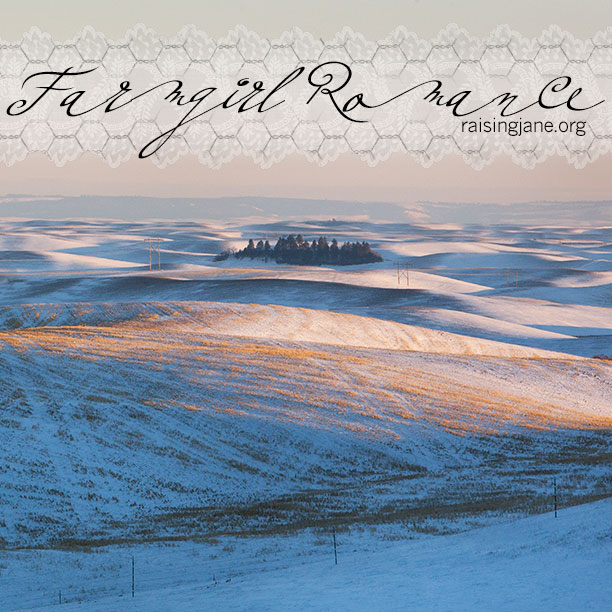


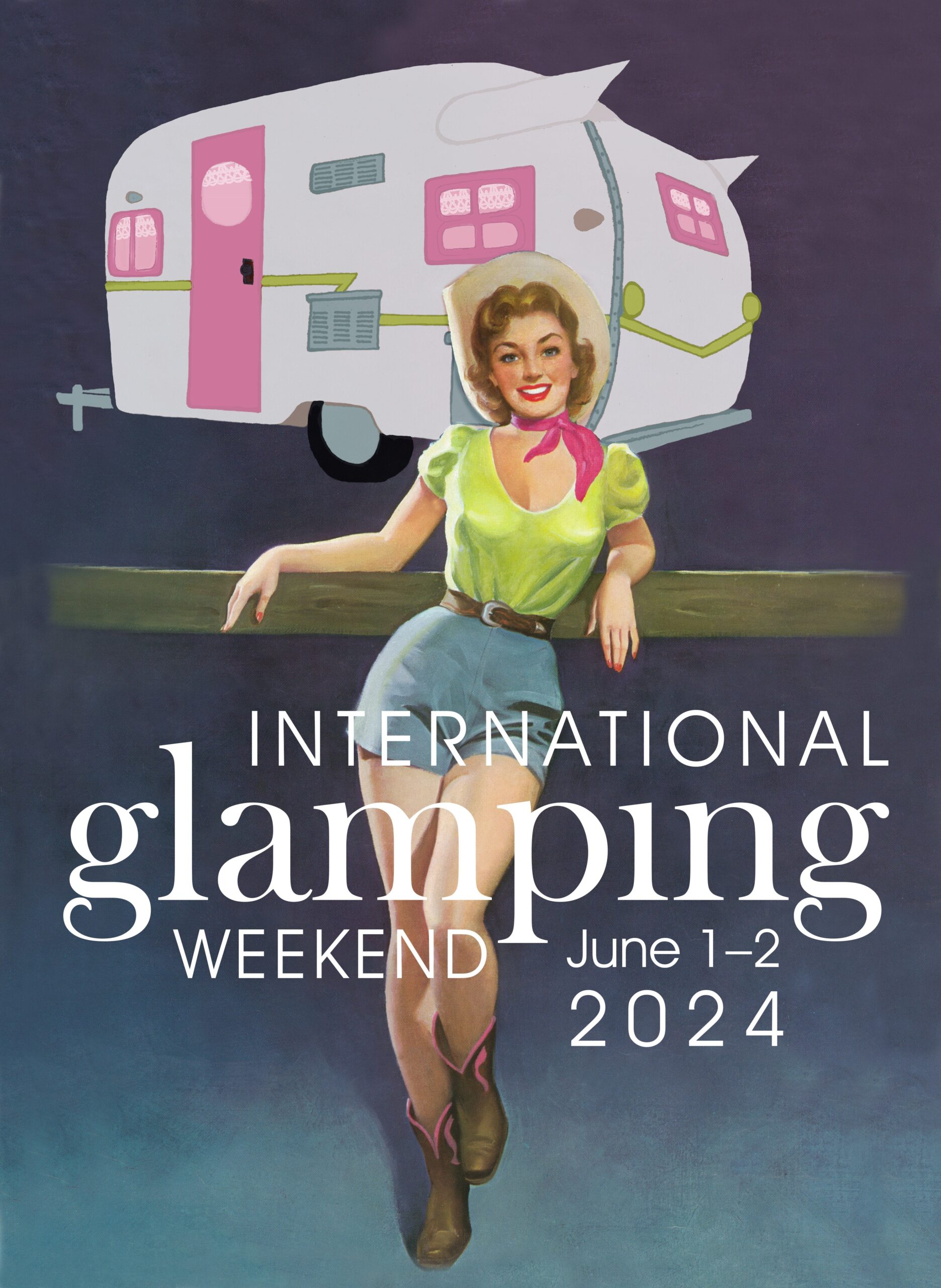


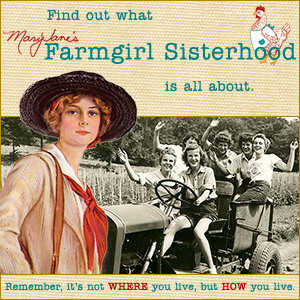

I love red and black together and these multi prints of each look fantastic!
How beautiful! I love the combination of fabrics and colors 🙂